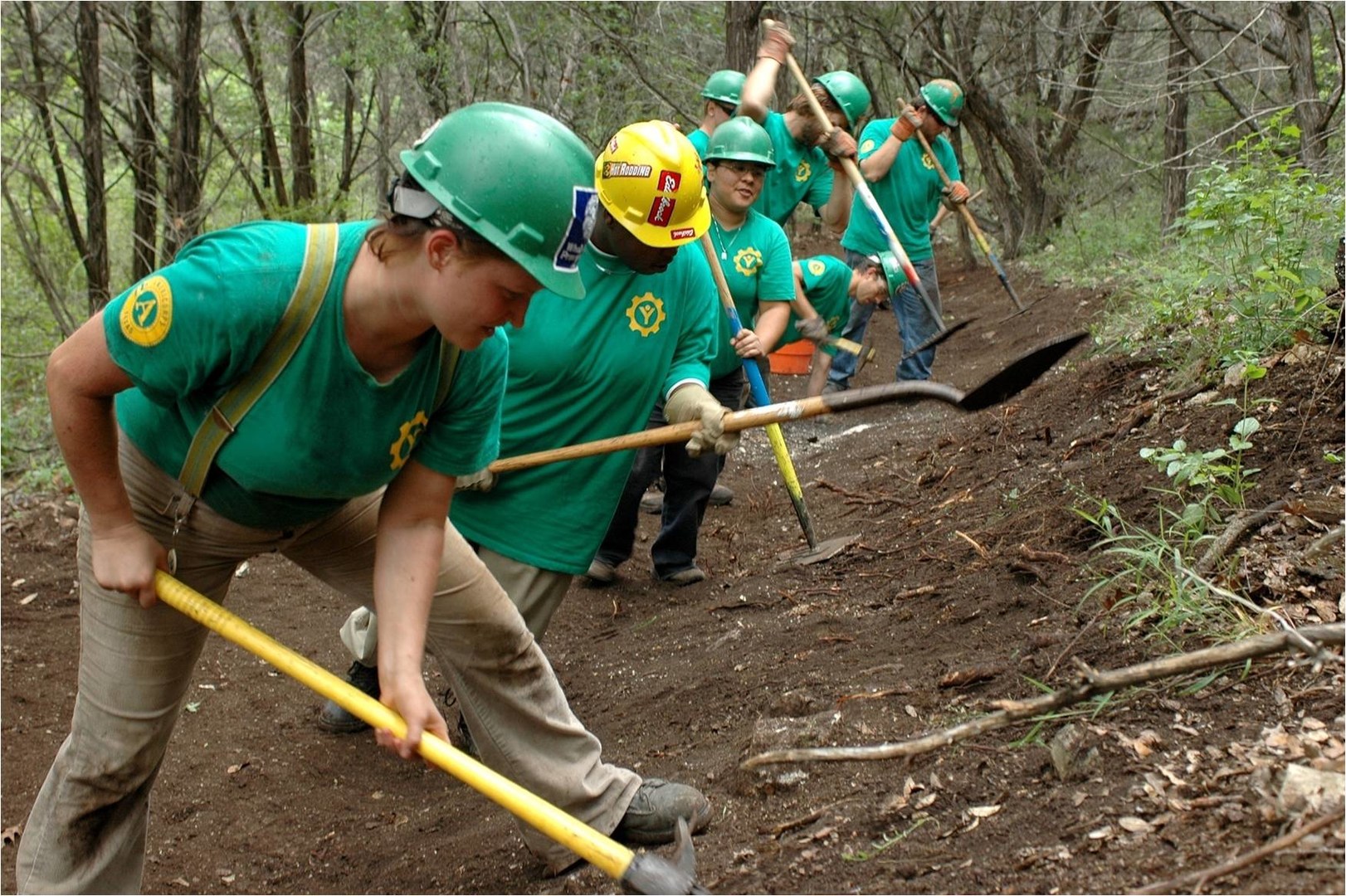You are here
If you are reading this, chances are you have had a formative experience in the outdoors at some point in your life. But when was the last time you gave back to the areas you love the most? It’s the responsibility of outdoor recreation enthusiasts to practice good stewardship of the land, and while many of us practice leave no trace principles and use our refillable water bottles, it’s time we all took our land ethic a step farther and actively gave back to the areas that we love for their restorative and recreation opportunities.
Conservation and land protection is an established tradition in America. Think of John Muir and Teddy Roosevelt… these greats were men who fought to preserve land for future generations. The legacy of recreation is something enjoyed today by millions of Americans, and the world of outdoor recreation is bigger than you might realize. It supports an estimated 6 million jobs and is responsible for generating $646 billion in revenue each year.
That’s huge. Imagine all of that interest could be harnessed and channeled toward efforts that benefit the lands that sustain us.
Unfortunately, some of those same battles that Muir and Roosevelt were fighting are still real today. America is at the nexus of a conservation crisis. Our public lands—an umbrella term that refers to land operated by the National Parks Service, the Forest Service, the Bureau of Land Management, and other federal, state, and local agencies—are back in the hot seat as a major point of contention in America. Some call it the Public Lands Heist and some call it the Public Lands Transfer, but the root of the issue is a movement that wants to give control of these lands over to the state. The trouble is that a state can then allow the lands to be used for exploitation of natural resources and other capital gains in order to balance a state budget.
And that’s not the only risk that the outdoor world faces. Climate change, development, a lack of resources dedicated to forest management…the list goes on and on.
So here’s our call to action: Speak up and take ownership of these lands. Take care of them so they are still around not just for the enjoyment of future generations, but for yourself as well.
Think about your favorite places to get outside. Maybe it’s your own backyard, but if you use Outdoor Project as a resource in exploring new places, then you are probably someone who hikes, swims, paddles, runs, snowshoes, bikes, or skis on lands that have been set aside for that use.
Let people and your representatives know that you care about that particular piece of land. Volunteer for local, regional, or national stewardship organizations. Participate in trash pick-up days. Talk to your friends and neighbors about what is happening to those lands on a legislative level.
The time to step up and get involved is now, whatever that looks like to you. Don’t know where to begin? Trail stewardship is a great place to start. Organizations like The Sierra Club and The Nature Conservancy are both national organizations with regional chapters. On their websites you can find groups to volunteer with in your area on almost every weekend of the year.
Another equally impactful way to give back is to find out where your water comes from. What rivers serve your community? Chances are they will have their own watershed council, a nonprofit that monitors the water clarity, the impact of human interference and development, and other ecological concerns. These organizations facilitate volunteer projects like stream and forest maintenance to protect delicate ecosystems we all depend on. Watersheds are in need of advocates across the country, so get out with one of these organizations and learn a little more about your area.
The best thing about trail stewardship and watershed volunteering is that these activities get you outside—work becomes play. Bring the whole family or a group of friends or coworkers and you'll be amazed at how quickly the day goes by. For outdoorsy folk such as yourself, you will have a greater connection to the area where you get outside after spending a day maintaining its trails, pulling invasive species, picking up trash, or monitoring a river’s water quality.
If you are ready to dive deeper into issues affecting your environmental area of interest, here are a few more organizations to have on your radar.
- Outdoor Alliance
- The Trust for Public Lands
- Environmental Defense Fund
- Wilderness Society
- Conservation Legacy
- The National Parks Foundation
Sport Specific:





Comments
Sign In and share them.